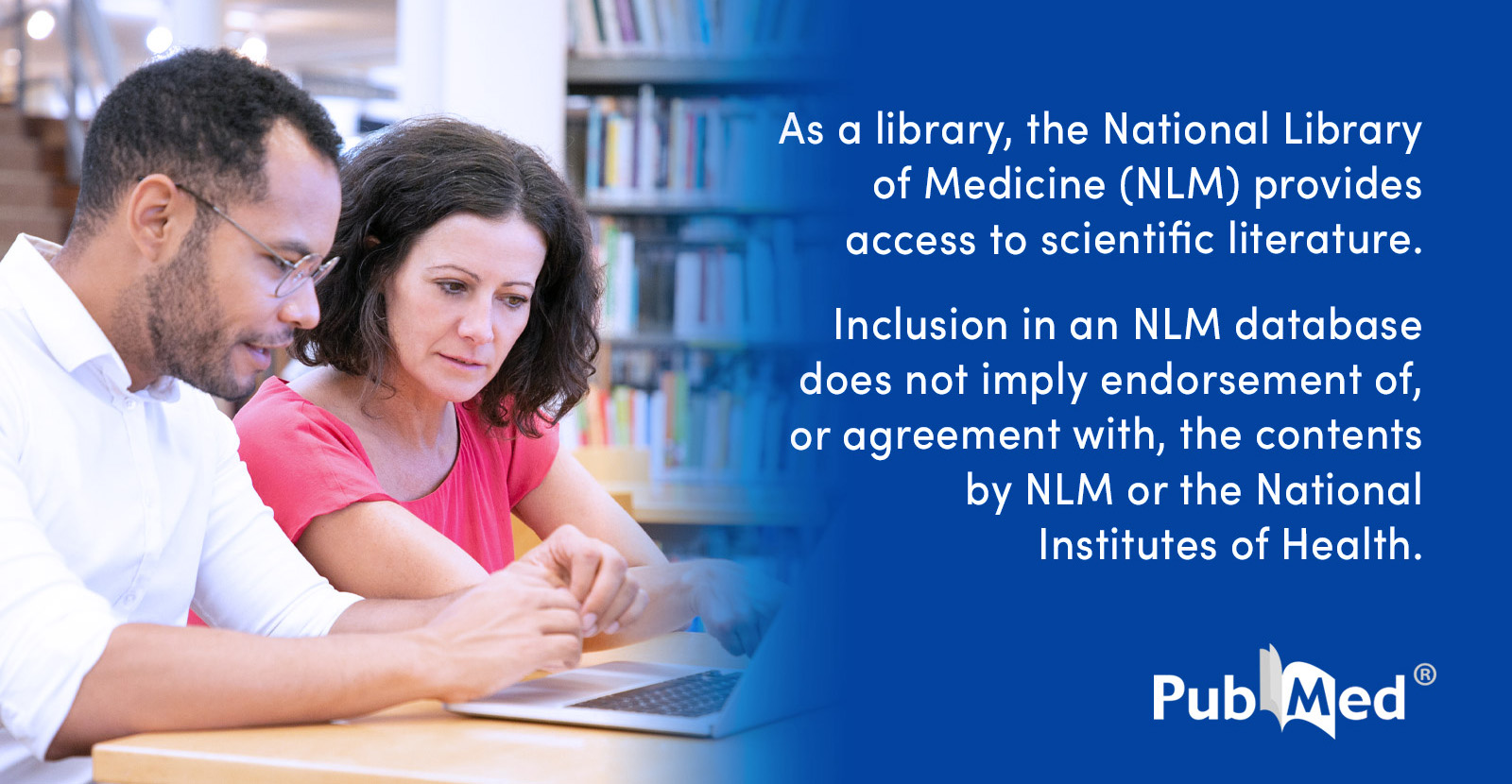Feeling the Texture: How AI is Revolutionizing Cosmetic Gel Testing
Feeling the Texture: How AI is Revolutionizing Cosmetic Gel Testing

Hey friend, ever wondered how cosmetic companies ensure their gels feel just right? Traditionally, they rely on panels of people – but people’s senses vary wildly based on age, background, and even just their mood that day! It’s not exactly the most scientific approach.
Well, get this: researchers have developed a super cool AI system that’s changing the game. They’re using deep learning – a type of artificial intelligence – to analyze the *feel* of cosmetic gels, objectively and consistently. Think of it as giving a robot a really sensitive fingertip.
Here’s how it works: they rub a special sensor across the gel, creating a time-series friction signal – basically, a graph showing how much resistance the gel offers as it’s rubbed. This signal is then processed using some fancy math techniques (Short-Time Fourier Transform and Continuous Wavelet Transform – don’t worry, you don’t need to know the details!). This breaks down the signal into its component frequencies, revealing subtle differences in texture that might be missed by the human eye (or finger!).
Next, this data is fed into a powerful deep learning model – a type of neural network inspired by the human brain. Specifically, they used a ResNet-based Convolutional Neural Network (CNN), which is amazing at recognizing patterns in images (and in this case, patterns in the processed friction data). They even used a clever learning rate scheduler to optimize the model’s performance.
The results? The AI model that used the STFT-processed data (remember that fancy math?) performed significantly better than other models, consistently identifying the properties of the gels. They even tested its reliability using k-fold cross-validation (a statistical technique to ensure it wasn’t just lucky!).
So, what does this all mean? It means we’re moving towards a more objective, reliable, and scientific way to assess the texture of cosmetic gels. This could revolutionize the industry, leading to better products and a more consistent user experience. No more relying on subjective human opinions – the robots are taking over (in a good way!).
Disclaimer: This content is aggregated from public sources online. Please verify information independently. If you believe your rights have been infringed, contact us for removal.